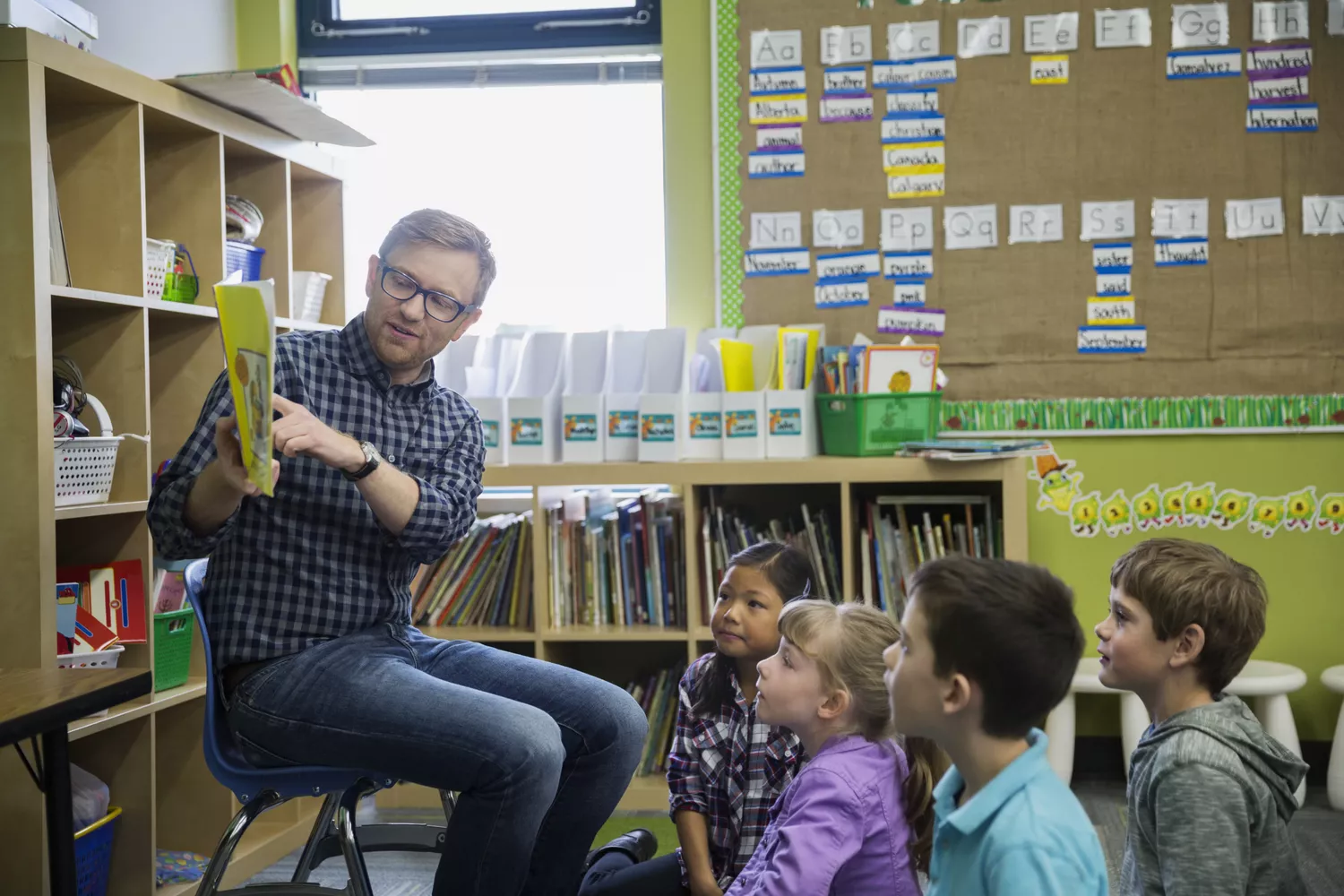
To prepare yourself for a student instructor role, familiarize yourself with the functions and responsibilities of a student instructor. The experience is gratifying, requiring, and depends on periods of evaluation from other teachers and administrators. These basic lists carefully align to ones a student instructor would encounter in the field from college professors and mentoring educators.
Classroom Observation by Cooperating Teacher
Here you will find a question or declaration followed by specific locations the working together teacher will be observing the student teacher on.
1. Is the trainee instructor prepared?
Do they have an organized, detailed lesson strategy and all materials needed?
2. Do they understand the topic and a purpose?
Can the trainee teacher answer trainees’ concerns? Can he/she motivate trainees to peak their interest in the subject?
3. Can the trainee teacher control trainees’ habits?
Keep their attention
Involve trainees in the lesson
Stop lesson when needed
Aware of specific requirements
Offer favorable support
4. Does the student teacher remain on topic?
Do they follow a rational sequence?
5. Is the student teacher passionate about the lesson they are teaching?
Are students thrilled revealed through class involvement and habits?
Are the activities suitable?
6. Does the student instructor have the ability to:
Remain on topic?
Provide instructions?
Reach goals?
Vary concerns?
Include students?
Encourage participation and thinking?
Summarize lesson?
7. Is the student instructor able to present:
Interest?
Details?
Flexibility?
Speech and grammar?
8. Do trainees actively take part in class activities and discussions?
Are trainees mindful and interested?
Are students cooperative and responsive?
9. How do the trainees respond to the trainee teacher?
Do they follow instructions?
Do they display understanding?
Are they respectful?
10. Does the teacher communicate effectively?
Provide visual aids
Tone of voice
Areas of Observation by College Supervisor
Here you will discover numerous topics that can be observed throughout a single lesson.
1. General look and demeanor
Dresses appropriately
Good posture, animation, and smiles
2. Preparation
Provides and follows a lesson plan
Has knowledge of the material
Is organized
Is creative
Supplies teaching aids
3. Attitude towards the class
Aspects trainees
Listens to trainees
Enthusiastic
Displays a funny bone
Has perseverance and sensitivity
Assists students when needed
4. Effectiveness of lessons
Motivates through direction and presentation
Satisfies goals
Stays on topic
Speed lesson
Encourages class involvement
Carefully directs and discusses expectations
Utilizes efficient questioning
Capability to summarize the lesson
Has a concluding activity
Associates lesson with other topics
5. Presenter effectiveness
Speaks plainly utilizing appropriate grammar
Avoids using colloquialisms such as “you people” and “yeah”.
Attentive to information.
Has confidence.
Board writing is legible.
Maintains authority.
6. Classroom management and habits.
Does not humiliate, use sarcasm, or argue with trainees.
Remains an adult at all times.
Does not endure or harp on unsuitable behavior.
Keeps lesson flowing and understands when to stop or wait.
Areas of Observation Used in Self-Evaluation.
This list of concerns forms the basis of a self-evaluation process for a student instructor.
Are my objectives clear?
Did I teach my goal?
Is my lesson timed well?
Do I stay on one topic too long or too brief?
Do I use a clear voice?
Was I organized?
Is my handwriting readable?
Do I use proper speech?
Do I move the class enough?
Did I use a variety of mentor materials?
Do I reveal enthusiasm?
Do I have make great eye-contact with the trainees?
Did I describe the lesson effectively?
Were my directions clear?
Did I reveal self-confidence and knowledge of the topic?




